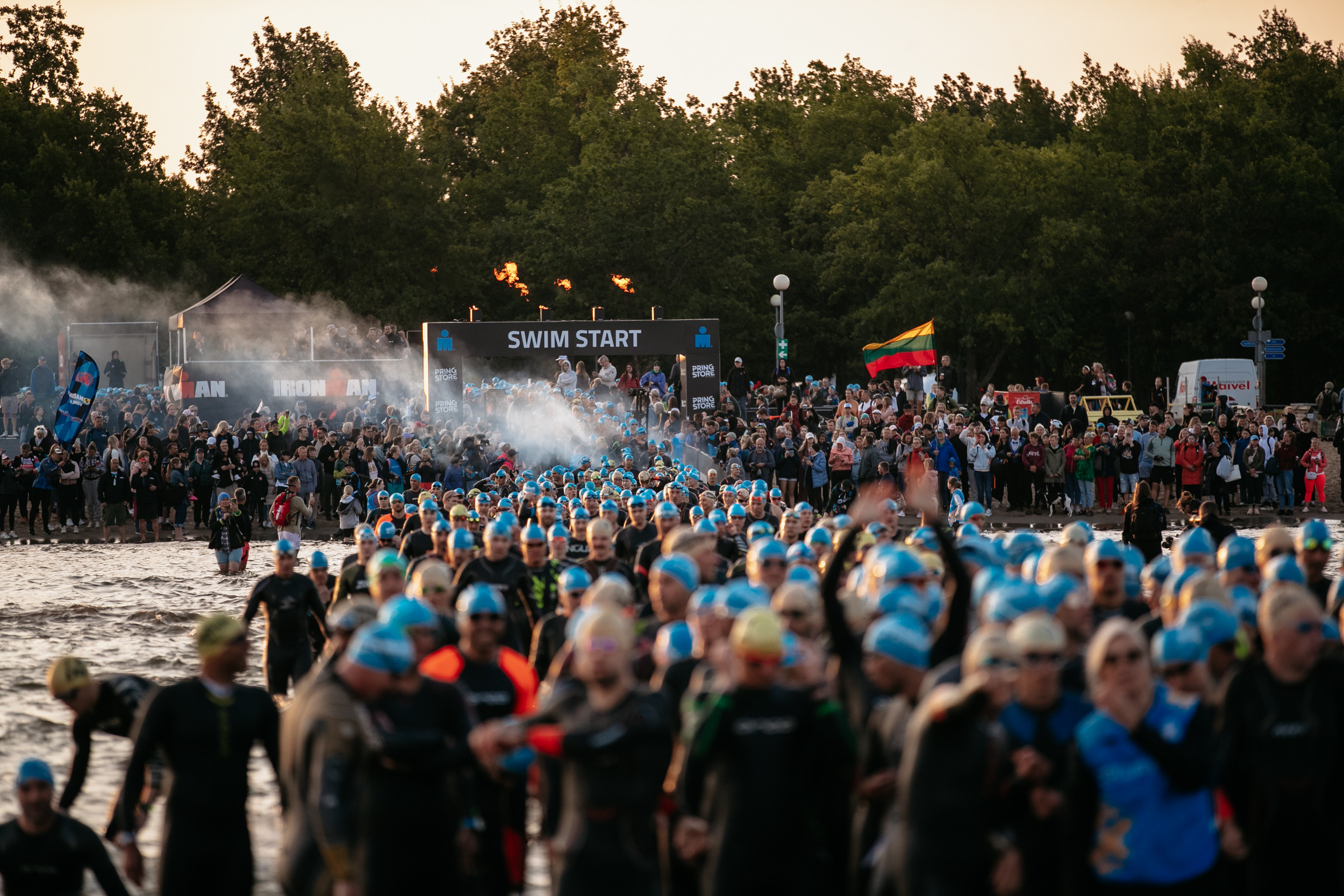By Dr. Mihkel Mardna, Sports Medicine Specialist
Maintaining optimal indoor humidity may not be the first issue that comes to mind when an Ironman athlete contemplates peak performance. Yet, the role of moisture in the air is more significant than most realize.
From safeguarding respiratory health to preserving quality sleep, keeping the humidity within a healthy range supports both physiological recovery and mental acuity—essential ingredients for anyone training and competing in one of the world’s most demanding endurance events.
Understanding Humidity’s Role in Athletic Recovery
Humidity refers to the concentration of water vapor in the air. When indoor air becomes excessively dry (generally below 30% relative humidity), it not only irritates respiratory passages but can also encourage dehydration, skin dryness, and disrupted breathing patterns during sleep.
On the other hand, excessively humid environments (above roughly 60%) can foster mold, dust mites, and other allergens, which may exacerbate airway inflammation—a significant consideration for endurance athletes who rely on maximum lung capacity.

A balanced indoor humidity—typically in the 40–50% range—helps facilitate comfortable and efficient breathing. During recovery phases, especially at night, this balance also contributes to stable sleep. As noted in a study from the European Journal of Applied Physiology
Maintaining adequate hydration and avoiding extreme dryness can enhance the body’s ability to repair muscle tissues, regulate core temperature, and reduce inflammation.
Airway Protection and Immune Function
Athletes frequently expose their bodies to high volumes of inhaled air, both during intense training sessions and high-endurance competitions. Dry or overly humid air can challenge the respiratory system’s ability to filter out impurities effectively. Research from the National Center for Biotechnology Information
indicates that dryness in the upper airways may impair mucociliary clearance, making it easier for pathogens to establish infections. Conversely, very moist settings can encourage mold proliferation, which in susceptible individuals might trigger allergic or asthmatic responses.
Ironman athletes are known for their rigorous daily workouts, which place unique stresses on the cardiovascular and respiratory systems. During sleep—the critical window for physical restoration—optimal humidity supports the immune system. Proper airway moisture helps defend against airborne irritants and infections, ensuring that the body can concentrate on muscular repair and adaptation after a demanding training day.
The Sleep Connection
Recovery in sports hinges on the ability to gain high-quality, uninterrupted sleep. While carbon dioxide (CO₂) and particulate matter levels are often acknowledged as sleep disruptors, humidity also wields considerable influence.
If the ambient air is too dry, individuals can experience throat irritation, nasal congestion, or coughing episodes that fragment sleep cycles. Even slight disruptions in rest can translate into cumulative performance deficits.

Studies suggest that participants sleeping in rooms with balanced humidity enjoy more stable overnight respiration, leading to fewer awakenings and quicker transitions into restorative deep sleep
For endurance athletes, where every minute of slow-wave sleep can translate into muscle repair and hormonal balance, controlling humidity becomes a practical necessity.
Practical Strategies for Ironman Athletes
Monitor and Maintain
Using a combined hygrometer and thermometer can offer insight into whether your bedroom or training space has reached ideal humidity levels (around 40–50%).
Ventilation Systems
Modern ventilation units, such as Airobot, continuously measure CO₂, particulate matter, and moisture levels, adjusting airflow for balanced humidity. Some devices integrate humidity recovery technologies, conserving necessary moisture while expelling stale air.
Hydration Habits
Staying hydrated throughout the day also helps maintain adequate mucosal moisture. Incorporate plenty of electrolytes and water, especially after training sessions that cause heavy sweat losses.
Targeted Humidification
In exceptionally dry environments—common in cold climates—an intelligent humidifier connected to the ventilation system can raise indoor humidity without overcorrecting into damp conditions.


